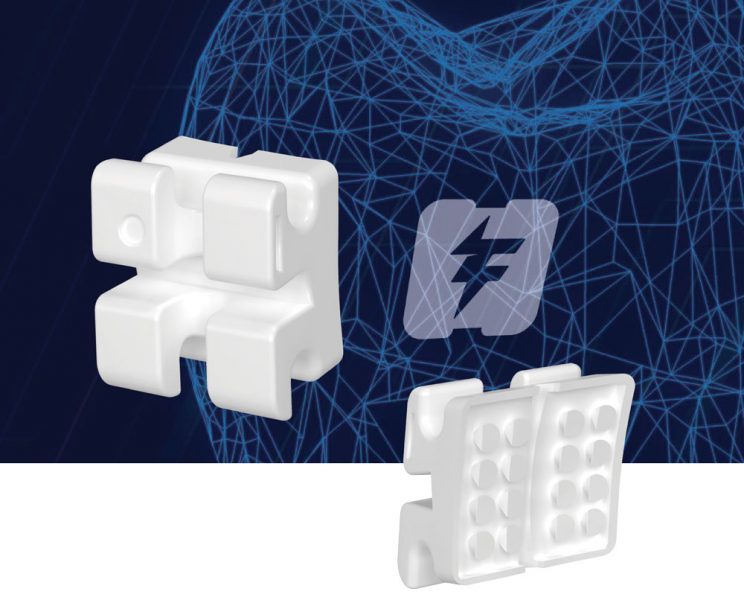LightForce Orthodontics has developed a fully-customized 3D printed bracket system. The solution was built using digital technologies and additive manufacturing to offer clinicians an advanced in bracket-based treatment protocol.
The company’s specialists design each bracket while taking into account the patient’s specific tooth morphology and the clinician’s individual treatment plan. Using LightForce’s planning software, the orthodontist can generate customized specifications for 3D printing braces with the most biomechanically efficient prescription. The case comes with custom indirect bonding trays which also enhance placement speed and accuracy.
“The limitations of one-size-fits-all prescriptions are now gone,” said Dr. Alfred Charles Griffin III, CEO and founder of LightForce. “By enabling orthodontists to design brackets on a case specific basis we give them full control over their most fundamental treatment tool. This kind of flexibility has never been feasible with traditional bracket manufacturing methods.”
“Our technology is able to make brackets with the precision and consistency demanded by our profession,” added Griffin. “I’m excited to see where orthodontists take it from here. It’s not about saying here’s how to use it. We want to bring LightForce to the community asking what more can you do with it.”
For further information about 3D Printing, follow us on our social networks and subscribe to our newsletter!
Would you like to be featured in the next issue of our digital magazine? Send us an email at contact@3dadept.com






